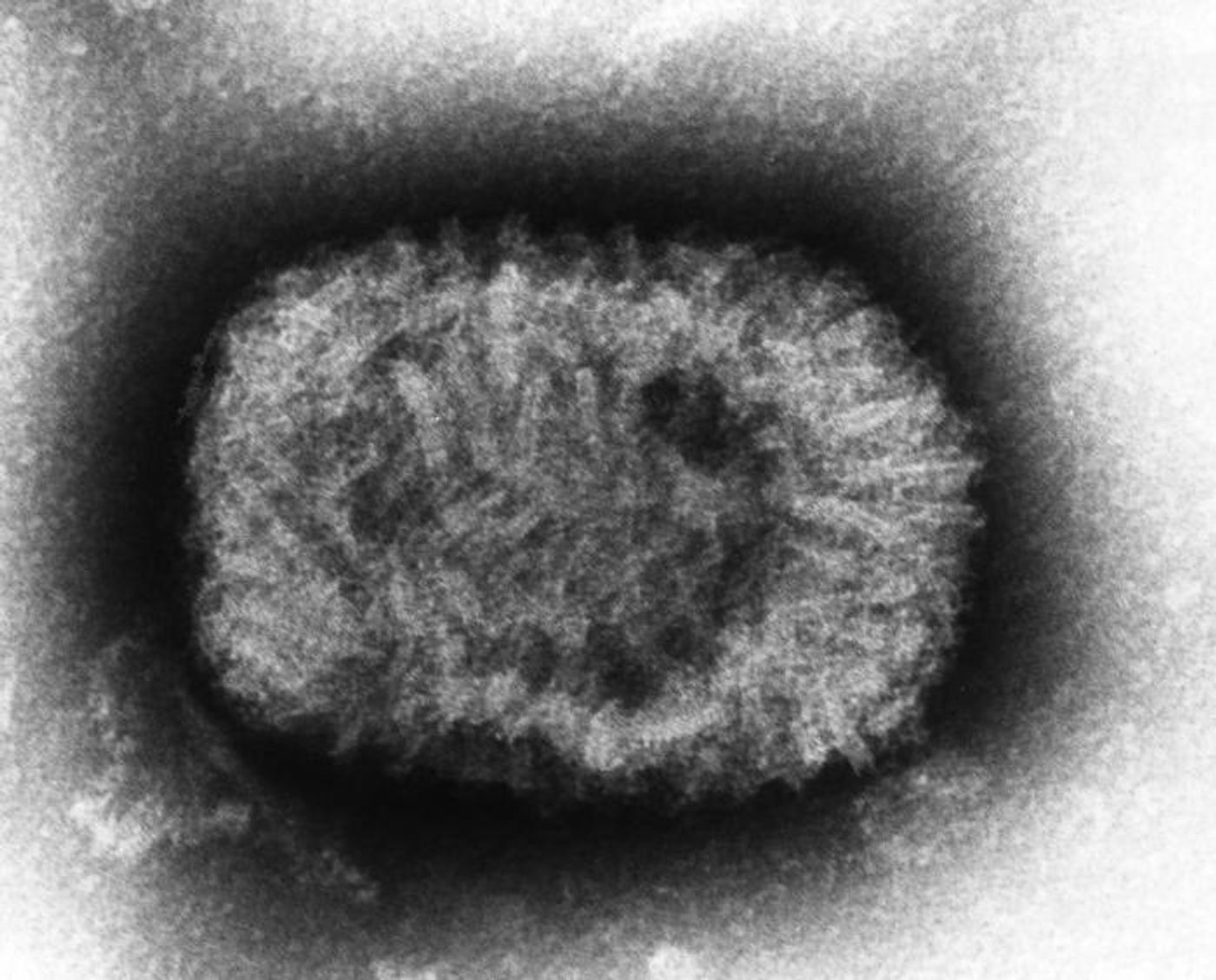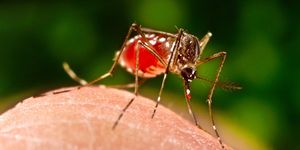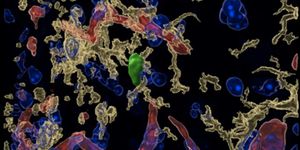Vikings Carried, and Helped Spread Smallpox
A global vaccination effort led to the official eradication of smallpox, but not before it killed over 300 million people in the 20th century alone. The disease, which is caused by the variola virus, spread through infectious droplets and could leave those that were infected permanently blind or scarred. Researchers have now found that Vikings may have been aiding in the spread of the disease. The findings have been reported in Science.
"We discovered new strains of smallpox in the teeth of Viking skeletons and found their genetic structure is different from the modern smallpox virus eradicated in the 20th century. We already knew Vikings were moving around Europe and beyond, and we now know they had smallpox. People traveling around the world quickly spread COVID-19 and it is likely Vikings spread smallpox. Just back then, they traveled by ship rather than by plane," explained the study leader Professor Eske Willerslev, of St John's College, University of Cambridge, and director of The Lundbeck Foundation GeoGenetics Centre, University of Copenhagen.
"The 1400-year-old genetic information extracted from these skeletons is hugely significant because it teaches us about the evolutionary history of the variola virus that caused smallpox."
Historians have suggested that the disease has been around since 10,000 B.C., but evidence can only prove that it dates to the 17th century. Its origins are unknown but it's thought to be zoonotic - it originally came from an animal. While smallpox was mostly eradicated from Europe and the United States by the turn of the 20th century, it still caused outbreaks on other continents. The World Health Organization began a campaign in 1967 to stop the spread of the disease everywhere through public education as well as a vaccine program.
"The timeline of the emergence of smallpox has always been unclear but by sequencing the earliest-known strain of the killer virus, we have proved for the first time that smallpox existed during the Viking Age," said study co-author Professor Martin Sikora of the Centre for GeoGenetics, University of Copenhagen.
"While we don't know for sure if these strains of smallpox were fatal and caused the death of the Vikings we sampled, they certainly died with smallpox in their bloodstream for us to be able to detect it up to 1,400 years later. It is also highly probable there were epidemics earlier than our findings that scientists have yet to discover DNA evidence of."
The virus was identified at eleven Viking-era burial locations in Denmark, Norway, Russia, the UK, and in multiple human remains from an island off the coast of Sweden with a long trade history, called Öland. The scientists generated near-complete variola virus genomes using four of the samples.
"Understanding the genetic structure of this virus will potentially help virologists understand the evolution of this and other viruses and add to the bank of knowledge that helps scientists fight emerging viral diseases," said study author Dr. Lasse Vinner of The Lundbeck Foundation GeoGenetics Centre.
"The early version of smallpox was genetically closer in the pox family tree to animal poxviruses such as camelpox and taterapox, from gerbils. It does not exactly resemble modern smallpox which shows that [the] virus evolved. We don't know how the disease manifested itself in the Viking Age -- it may have been different from those of the virulent modern strain which killed and disfigured hundreds of millions."
"Smallpox was eradicated but another strain could spill over from the animal reservoir tomorrow," added Willerslev. "What we know in 2020 about viruses and pathogens that affect humans today, is just a small snapshot of what has plagued humans historically."
Sources: Science Daily via St. John's College, University of Cambridge; Science









